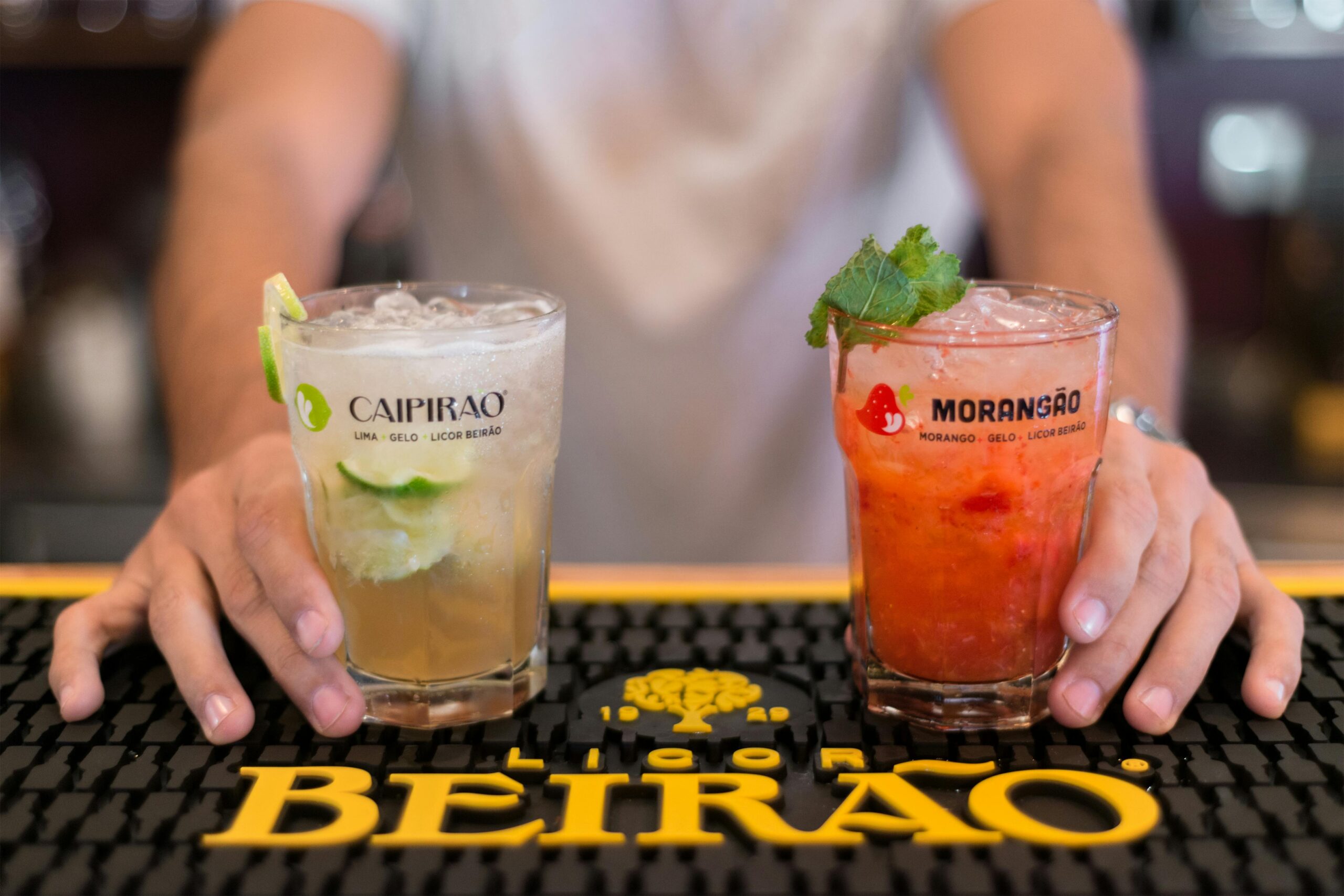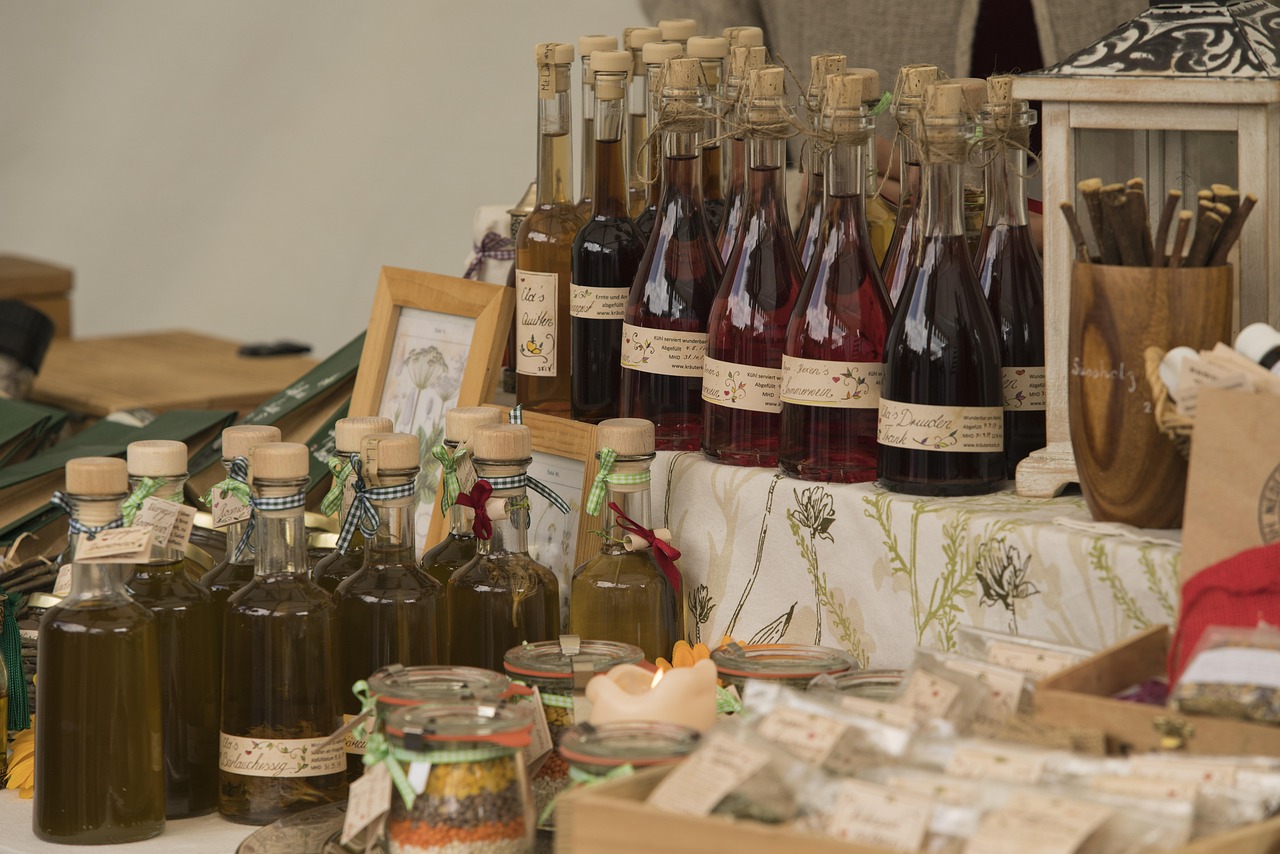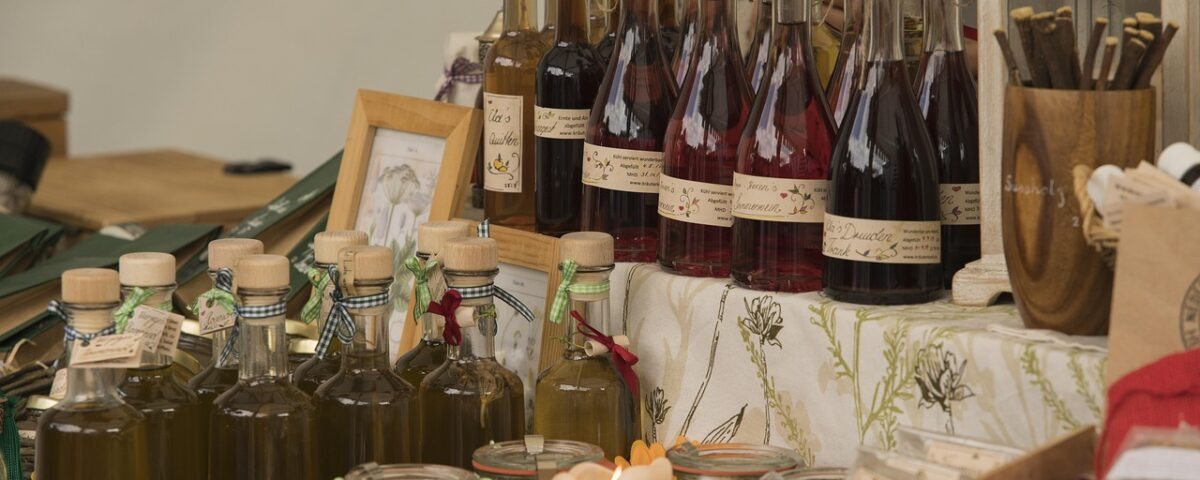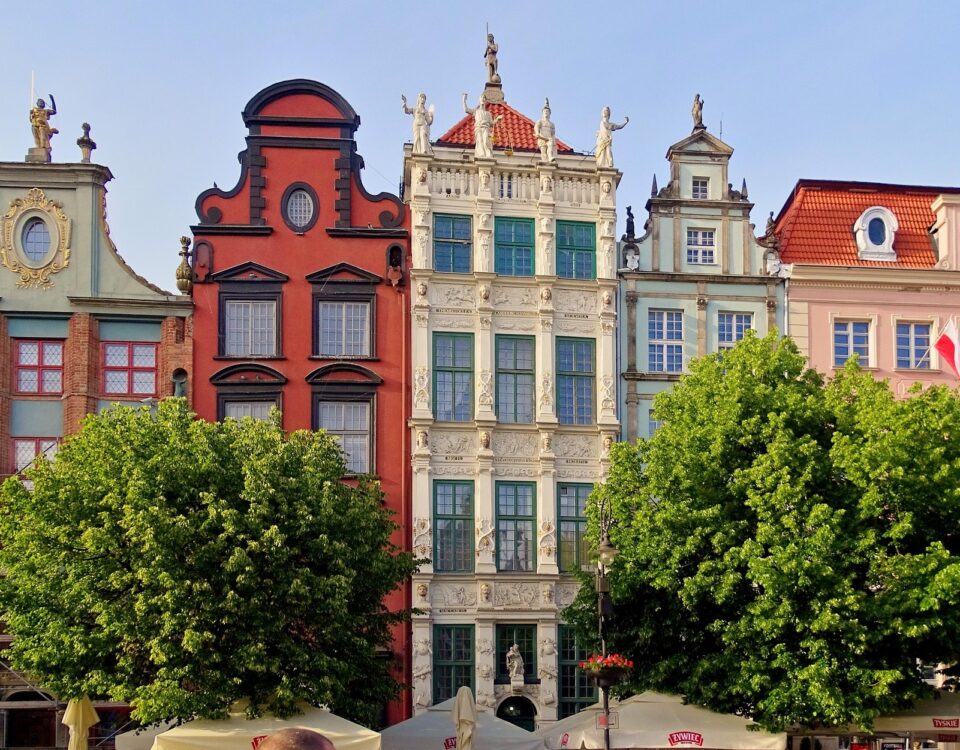
Eastern European Food Travel: Pierogi – Poland’s Iconic Dumplings
2025-10-20
Culinary Museums and Food Heritage Centers to Visit in Eastern Europe
2025-10-27Eastern European Food Travel: Discover the Region’s Iconic Drinks and Spirits
Eastern European food travel is not complete without tasting the region’s iconic drinks and spirits. From the clear, strong Vodka of Russia and Poland to the sweet, honey-based Mead enjoyed in Romania and Bulgaria, beverages are an essential part of Eastern European food travel. These drinks carry centuries of tradition and offer a unique window into the social and cultural life of the region.
Whether enjoyed during festive celebrations, family gatherings, or traditional feasts, these drinks are more than just beverages — they are a key part of Eastern European cuisine and cultural heritage. Travelers who explore the region’s alcoholic and non-alcoholic specialties gain deeper insights into local customs, craftsmanship, and hospitality
Eastern European beverages are not just about alcohol; they are integral to festivals, weddings, and family gatherings. For instance, in Poland, vodka is often served with pickles and smoked fish during Christmas and New Year celebrations. In Romania and Bulgaria, mead accompanies honey cakes and festive pastries during weddings, symbolizing prosperity, health, and happiness
Eastern European Food Culture:Traditional Flavors and Recipes | Ultimate 2025 Guide

Vodka – The Spirit of Eastern European Food Travel
Vodka is perhaps the most famous spirit in Eastern Europe. Distilled primarily from grains or potatoes, vodka is known for its clarity, purity, and versatility. Countries such as Russia, Poland, and Ukraine each have their own unique distillation methods, flavors, and serving traditions.
Vodka is often consumed neat in small glasses, accompanied by traditional foods like pickles, bread, or smoked meats. In Poland, for example, vodka tasting is an art form, with different types paired with meals or celebrations. For travelers focused on Eastern European food travel, sampling local vodka provides an authentic taste of regional identity.
Vodka festivals, such as the annual event in Warsaw, Poland, offer travelers the opportunity to taste dozens of varieties and learn about traditional distillation techniques. These festivals are a must-see for anyone pursuing Eastern European food travel.
Start exploring now 👉https://www.britannica.com/topic/vodka
Mead – Sweet Traditions in Eastern European Food Travel
Mead, or honey wine, is another ancient and culturally significant beverage in Eastern Europe. Traditionally fermented from honey, water, and sometimes fruits or spices, mead was historically popular in medieval Poland, Romania, and Bulgaria.
Mead differs from vodka in its sweetness and lower alcohol content, making it perfect for casual tastings and festive occasions. During traditional festivals or weddings, mead is often served as a symbol of hospitality and prosperity. Sampling mead gives travelers a sense of local folklore and historical drinking culture.
In Romania, for instance, mead is offered during the holiday of St. Andrew, and in Bulgaria, it accompanies ritual bread during weddings. For modern travelers pursuing Eastern European food travel, visiting artisan meaderies provides hands-on experience of mead production
https://en.wikipedia.org/wiki/Mead

Kvass – A Highlight of Eastern European Food Travel
Kvass is a traditional fermented rye bread beverage widely consumed in Russia, Ukraine, and Belarus. With a mild alcohol content (usually below 1%), kvass is refreshing, slightly tangy, and often flavored with raisins, mint, or berries.
Kvass represents the ingenuity of Eastern European preservation techniques, allowing communities to enjoy probiotic-rich drinks even during long winters. Travelers exploring Eastern European food travel often find kvass offered at street markets, summer festivals, and local eateries, providing a refreshing alternative to modern sodas.
Kvass is also considered a cultural symbol. In some villages, the tradition of making kvass is passed down through generations, and families gather during summer to brew and share it. Participating in this tradition gives travelers a deep connection to the local lifestyle.
Start exploring now 👉https://triptoeast.com/top-10-vegetarian-dishes-in-eastern-europe/

Slivovitz and Fruit Brandies in Eastern European Food Travel
Slivovitz, a plum brandy, is popular across the Balkans and Czech Republic. Distilled from ripe plums and aged in wooden barrels, it has a strong, aromatic flavor. Slivovitz is traditionally consumed during weddings, holidays, and social gatherings, making it an integral part of the cultural experience.
Other regional fruit brandies include:
-
Rakija (Balkans): Made from grapes, apricots, or cherries.
-
Tuzemák (Czech Republic): A spiced spirit often used in desserts or cocktails.
Tasting these drinks is essential for anyone pursuing Eastern European food travel, offering both flavor and historical context
Kompot – Sweet Homemade Beverages
Kompot is a traditional sweet fruit drink, popular in homes across Eastern Europe, especially in Poland, Hungary, and Ukraine. Made by simmering fresh or dried fruits with sugar and water, kompot is served cold in summer or warm in winter.
For travelers interested in Eastern European food travel, trying kompot provides insight into homemade, family-oriented culinary traditions, complementing the experience of local meals and snacks. Some households even add spices or herbs to make unique flavors, offering a personal touch to this classic beverage
Pairing Drinks with Eastern European Cuisine
-
Vodka: Pairs with smoked fish, cured meats, and pickled vegetables.
-
Mead: Complements pastries, cheeses, and festive desserts.
-
Kvass: Perfect alongside hearty soups like borscht or stews.
-
Slivovitz/Rakija: Traditionally consumed after meals or during celebrations.
Pairing drinks with local foods enhances Eastern European food travel, allowing visitors to experience authentic flavor combinations and social traditions
Festivals and Cultural Experiences
Travelers pursuing Eastern European food travel can also enjoy festivals dedicated to traditional drinks:
-
Warsaw Vodka Festival (Poland): Vodka tasting, workshops, and historical exhibitions.
-
Mead Festival (Bulgaria & Romania): Showcasing traditional honey wine and local sweets.
-
Kvass Street Markets (Russia & Ukraine): Seasonal tasting events with homemade kvass.
These festivals provide immersive experiences where visitors can learn, taste, and interact with local culture, enhancing both the culinary and cultural journey
Tips for Experiencing Eastern European Drinks Safely
-
Always try beverages at trusted bars, breweries, or cultural events.
-
Sample drinks slowly and responsibly, especially strong spirits like vodka or slivovitz.
-
Pair drinks with traditional dishes to understand cultural contexts.
-
Participate in festivals and tasting tours for immersive experiences.
-
Ask locals about homemade specialties for authentic flavors
Cultural Significance of Drinks in Eastern European Food Travel
Drinks and spirits in Eastern Europe are more than just beverages; they are a reflection of centuries-old traditions and social customs. For example, Vodka in Russia is often served during family gatherings and important celebrations, symbolizing hospitality and friendship. Similarly, Mead in Romania and Bulgaria has been used in rituals and weddings for centuries, representing prosperity and sweetness in life.
Travelers focusing on Eastern European food travel will notice that each drink tells a story: Kvass, with its light fermentation, showcases the region’s ingenuity in preserving food and beverages through harsh winters, while fruit brandies like Slivovitz and Rakija reflect local agriculture and seasonal harvests.
Moreover, these drinks often accompany traditional dishes, creating unique culinary pairings that enhance both taste and cultural understanding. Visiting local taverns, family-owned breweries, or seasonal festivals provides travelers a chance to interact with locals, learn preparation methods, and participate in customs that have been passed down for generations
Experiencing these beverages firsthand allows visitors to connect deeply with Eastern European culture, making the journey not only about taste but also about history, community, and tradition. Sampling a glass of Vodka, a sip of sweet Mead, or a chilled Kvass is a memorable and educational highlight of any Eastern European food travel experience.
Conclusion – Drinks and Spirits as a Cultural Journey
For enthusiasts of Eastern European food travel, sampling drinks such as Vodka, Mead, Kvass, and Slivovitz is essential. These beverages reflect centuries of tradition, craftsmanship, and cultural heritage.
Exploring the region’s drinks provides:
-
A taste of history
-
Insights into social customs
-
A deeper connection to Eastern European cuisine
Whether enjoyed at festivals, family gatherings, or local taverns, these drinks make Eastern European food travel a rich, memorable, and flavorful experience





